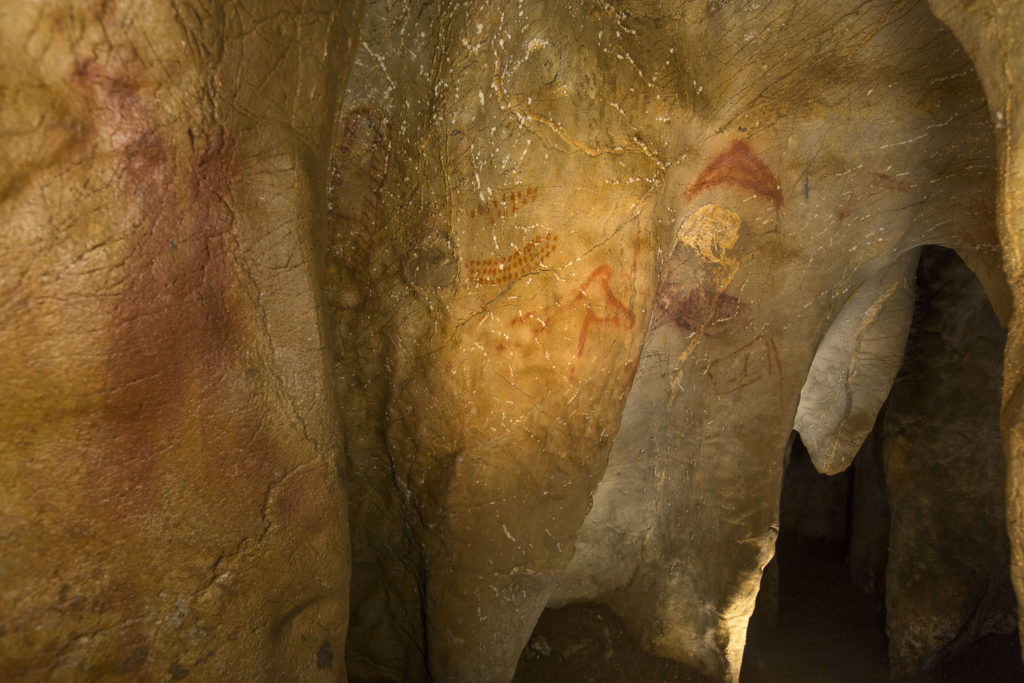The story of human evolution is written in ochre
Mixing ochre paint under a tree in Omungunda Namibia. "Smeared on shells, piled in graves, stamped and stenciled on cave walls from South Africa to Australia, Germany to Peru, ochre has been a part of the human story since our very start — and perhaps even earlier. For decades, researchers believed the iron-rich rocks used as pigment at prehistoric sites had symbolic value. But as archaeologists turn up evidence of functional uses for the material, they’re realizing early humans’ relationship with ochre is more complex." read more in Discover Magazine here





